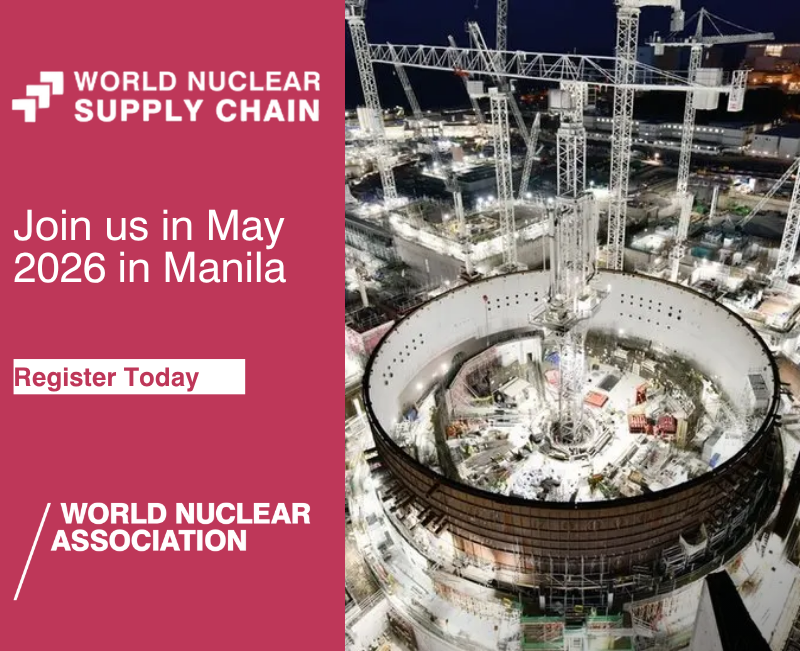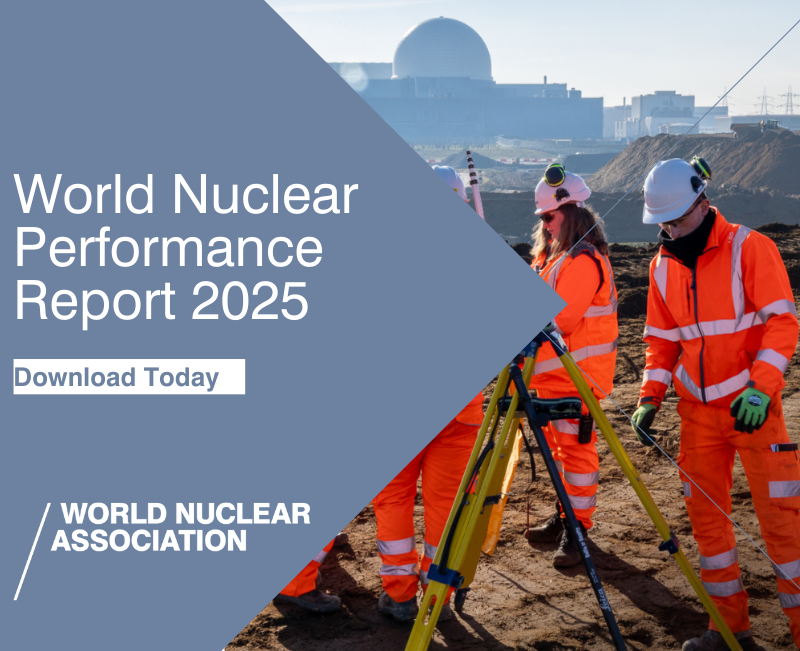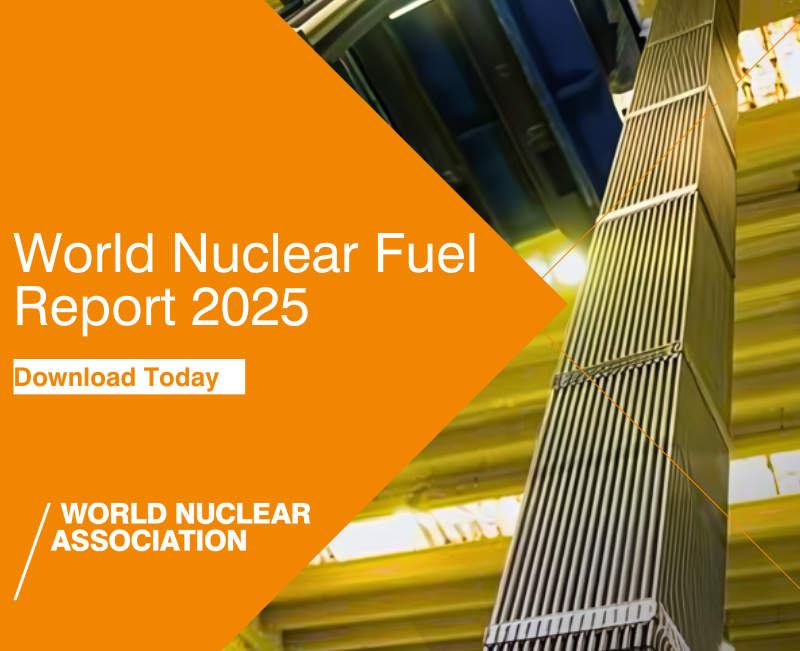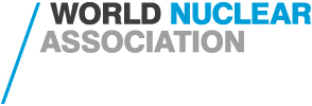In a written answer to the Lok Sabha he said: "These issues are being solved systematically in close co-ordination with the designers."
He had been asked "whether any delay has been observed in critical projects such as the Prototype Fast Breeder Reactor, Advanced Heavy Water Reactor, and Indian High Temperature Reactor; and if so, the reasons therefor?"
In the answer he added that "the design validation of Advanced Heavy Water Reactor is on-going along with peer review of the design. The project ... is not formally launched hence, no delay has incurred. Molten Salt Reactor is a version of Indian High Temperature Reactor. The establishment of reactor technology as part of proof in design concept is being carried out, hence no delay has incurred".
A separate part of the question was "whether India is implementing the three-stage nuclear power programme as envisioned by Dr Homi Bhabha, and the present status of each stage".
The answer to this question was: "Yes. The first stage of the country’s sequential three stage programme comprising of the Pressurised Heavy Water Reactors has attained maturity. For realisation of second stage of nuclear power programme, Fast Breeder Test Reactor and other facilities were established for material research and proof of design concepts. The 500 MWe Prototype Fast Breeder Reactor is at advanced stage of commissioning at Kalapakkam, implemented by BHAVINI. The third stage of the programme for utilising the vast resources of thorium reserves of the country is presently under development."
Background
Fast breeder reactors form the second stage of India's three-stage nuclear programme, using plutonium recovered from the reprocessing of used fuel from the pressurised heavy water and light water reactors that form the first stage of the programme. The third stage envisages using advanced heavy water reactors to burn thorium-plutonium fuels and breed fissile uranium-233, achieving a thorium-based closed nuclear fuel cycle.
The PFBR has been developed by BHAVINI (Bharatiya Nabhikiya Vidyut Nigam Limited), a government enterprise under the Department of Atomic Energy. Construction began in 2004, with an original expected completion date of 2010. It will initially use a core of uranium-plutonium mixed oxide (MOX) fuel, surrounded by a uranium-238 'blanket', with plans to use a blanket of uranium and thorium to breed plutonium and uranium-233 for use as driver fuels for AHWRs.
In August 2024 India's Atomic Energy Regulatory Board officially granted permission for the Prototype Fast Breeder Reactor to move to the next stage of the commissioning process, the First Approach to Criticality. This includes the loading of fuel into the reactor core and the start of low power physics experiments.

_56795.jpg)



_82983.jpg)
_34792.jpg)
_16403_79272.jpg)

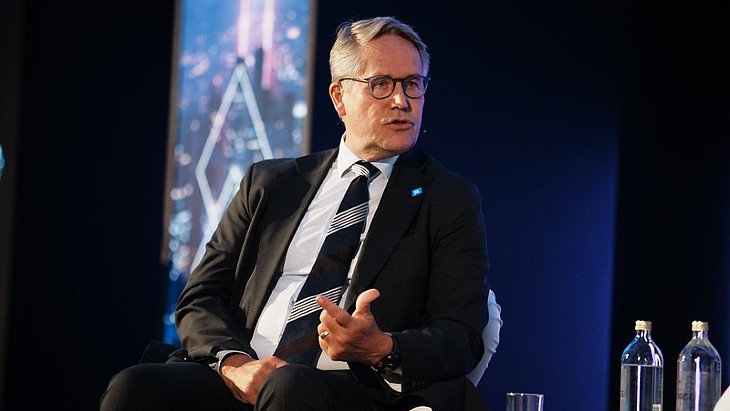
_76087_55556.jpg)
